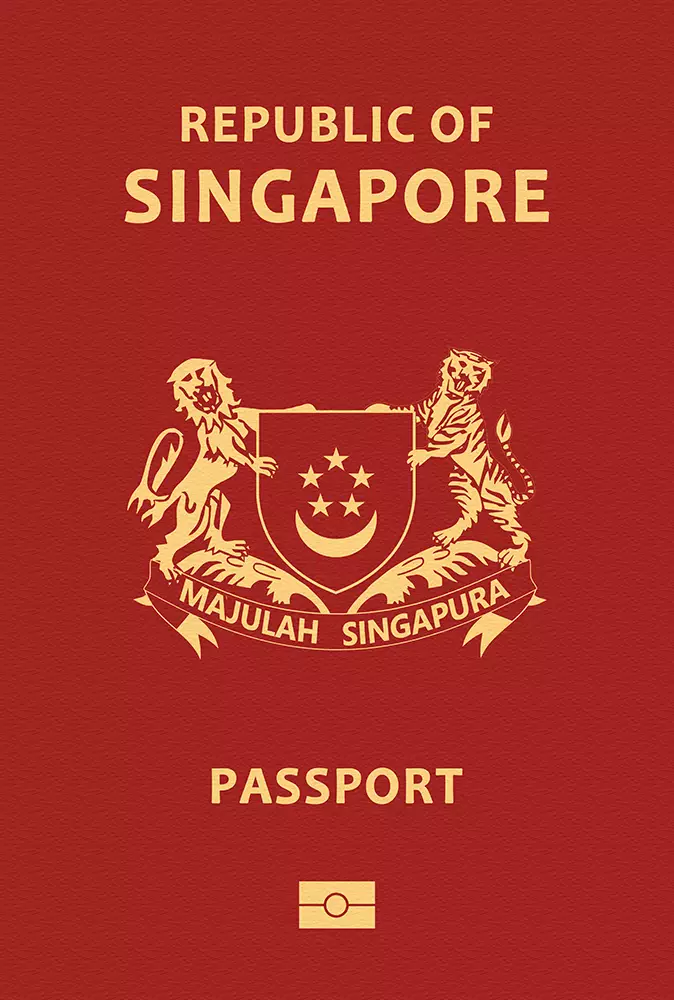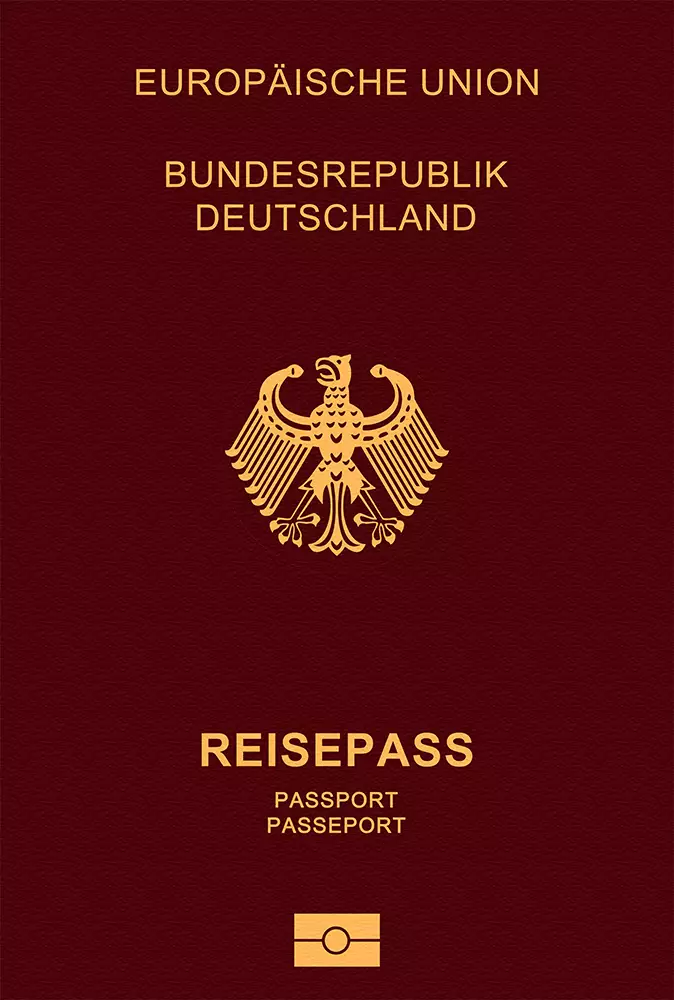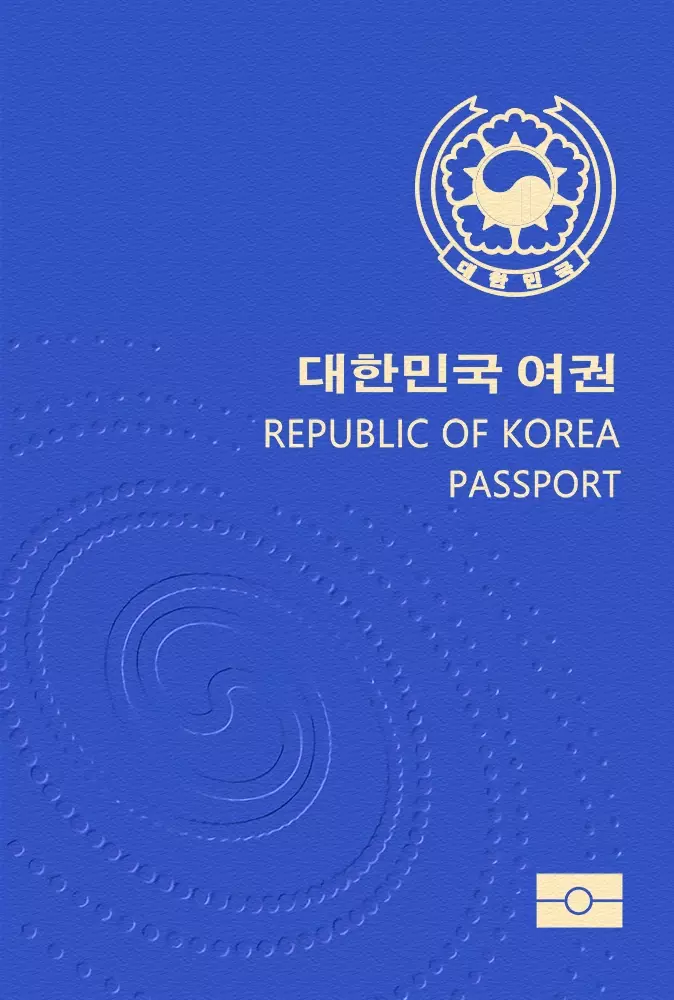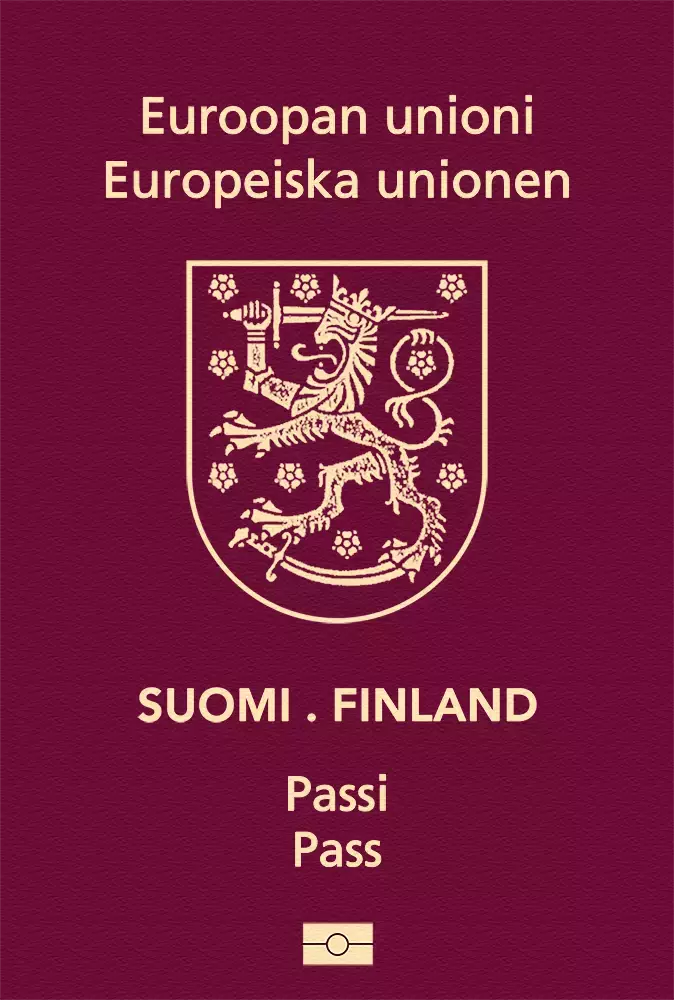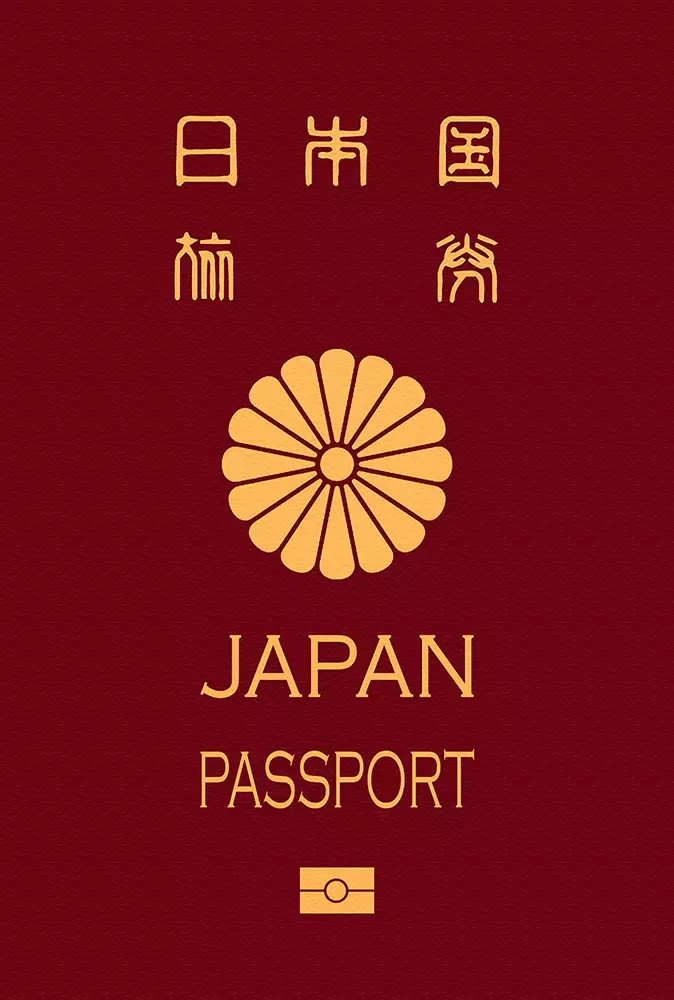Ten counties make up the Republic of Lithuania, which is a member of the EU. The counties of Vilnius, Kaunas, and Klaipėda are the most significant. The country is one of the Baltic States, sharing borders with Belarus, Poland, Russia, and Latvia. Lithuania, with a land size of 65,300 square kilometers, is the 24th largest nation in Europe. Its climate, which features cool summers and moderate winters, represents a transition between maritime and continental. There are just modest plains in the terrain. With a total population of more than 2.8 million, it is among the least populated nations in the EU. With about 587,581 residents, Vilnius, the nation's capital, is also the most populous city.Two more significant cities are Klaipėda and Kaunas. Vilnius Airport (VNO), which handles five million people annually, is the biggest airport. It includes both internal and international connections that link Africa and Europe with Lithuania. Polish customs have affected the fusion of Nordic, Slavic, Germanic, and European elements that make up Lithuanian culture. Roman Catholicism is practiced by the great majority of people. Lituan is the official language. The civil law is the foundation of the legal system. It has a semi-presidential republican form of government. Gitanas Nauseda, the elected president, is the head of state, and Ingrida Šimonytė, the elected prime minister, is in charge of the cabinet. The Euro (EUR) is the nation's official currency, and its current exchange rate is 0.93 to the US dollar.Standing at number thirty-first in Europe, the nation's open economy produces a GDP of about $107 billion. The average income of its residents is $38,605. Services and industry are the two main sectors that comprise the majority of the GDP. The most significant export items include furniture, textiles, electric motors, TVs, refrigerators, grain, potatoes, and sugar beets. In recent years, the country's economy has grown at one of the fastest rates in all of Europe. There are many different historic tourist places in Lithuania, both natural and urban. It draws tourists because of its distinct culture and blend of Baltic ancestries. Throughout the nation, there are four UNESCO World Heritage Sites.. Vilnius, the capital, Trakai, the Devil's Museum, St. Anne's Church, Grutas Park, the Genocide Victim Museum, and the Aukstaitija National Museum are a few of the principal locations. Approximately 3.6 million tourists visit the nation each year, the bulk of which are from Europe and the neighboring region..







































































































































































































































